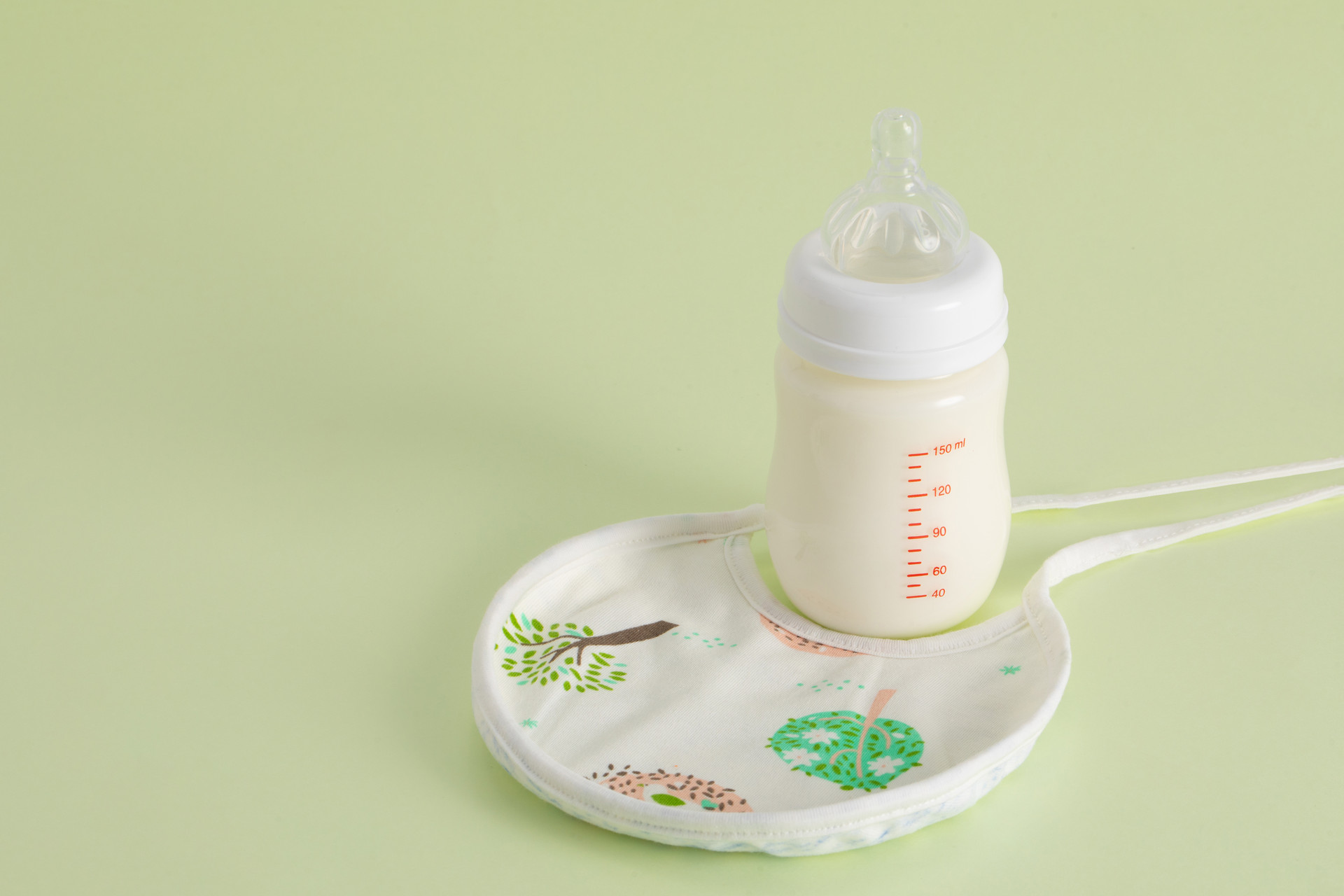When a baby faces the threat of choking, panic and confusion can only delay the time to rescue the child. The correct and timely first aid measures by parents are the most critical factors in saving the child. Therefore, knowing the first aid methods and prevention plans for choking is a must for every parent.
Statistical data shows that choking is one of the main causes of death in babies under 1 year old. In addition, babies under 4 years old are most prone to choking accidents caused by foreign objects in the airway. This is because babies like to put anything in their mouths and bite on them, but they cannot chew these objects into small pieces. Furthermore, their airways are much narrower than those of adults, making it easier for objects to get stuck.
As parents, knowing these data and facts should not increase our panic, but should constantly remind ourselves: Am I doing a good job in prevention? Do I know how to perform emergency rescue?
If the baby's airway is blocked by a foreign object and there is no coughing or crying, and even difficulty in breathing, you should first open the baby's mouth and check if you can remove the foreign object with your finger. Then, follow the emergency rescue methods below. Afterwards, immediately have someone call for emergency assistance, even if the baby has swallowed the foreign object and appears to be normal, it is still necessary to take him to the hospital for a detailed examination.
Emergency plan for babies under 1 year old who are choking
1. Place the baby on one of your forearms with their face down and their body tilted downwards, so that the head is lower than the feet.
2. Place the wrist of the other hand between the baby's shoulder blades and quickly slap the baby's back 4 times.
3. If this does not work, turn the baby over so that their face is facing upwards and use two fingers to perform 4 quick chest thrusts on the baby's chest.
4. If it still doesn't work, treat the baby as if they were a little older and search for the object they swallowed in their mouth. If you can see it, use your little finger to remove it. Do not attempt to remove an object that you cannot see, as you will only push it further.
5. If the object is removed and the baby still does not breathe, immediately perform rescue breathing. Lay the baby down, lift their chin, pinch their nose with your fingers, and then seal their mouth with your lips. Perform one breath every 3 seconds and check the baby's condition every minute. If the baby still does not breathe or have a pulse, quickly and forcefully perform 5 chest compressions at a rate of at least 100 compressions per minute, followed by one rescue breath after every 5 compressions.
6. Call for help while repeating these actions until the baby can breathe normally or rescue personnel arrive.











